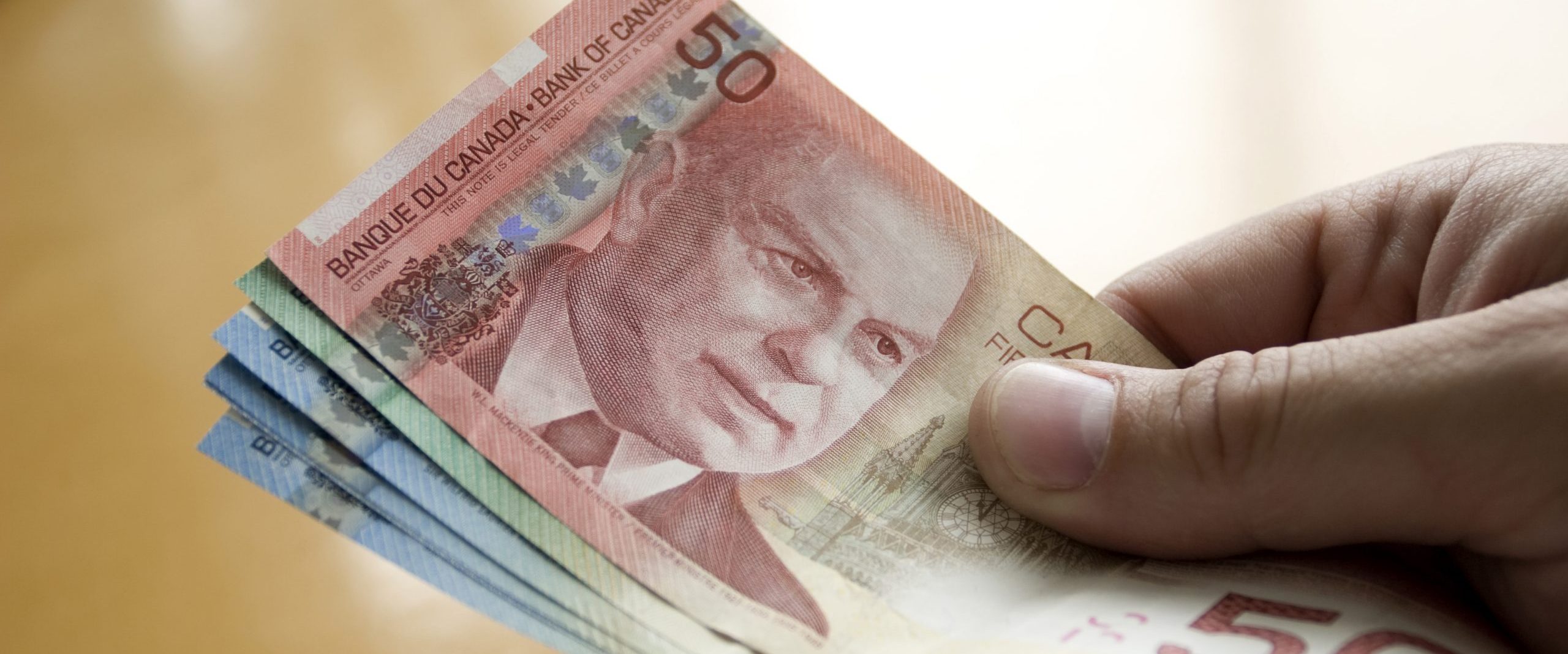If you’re ever in need of cash fast, using your credit card to get a cash advance can be a tempting option. All you need to do is put your card into an ATM, and you’ll be able to withdraw money right away. While there’s no denying the convenience factor, using your credit card like a debit card is an expensive way to manage your finances.
What is a credit card cash advance?
A credit card cash advance allows you to withdraw money directly from ATMs. While similar to debit, you’re accessing cash that isn’t yours. You’re essentially taking a loan from your credit card provider.
Cash advances are most commonly associated with ATM withdrawals, but your cardholder agreement may also consider the following transactions as cash advances when you use your credit card.
- Balance transfers
- Credit card cheques
- Wire transfers
- Buying lottery tickets
- Placing bets on gambling sites
- Purchasing casino gaming chips
Generally speaking, if you can perform a transaction with your credit card that can be converted into cash, it’s considered a cash advance. There’s also typically a limit on how much you can withdraw as a cash advance. That amount may differ from your regular credit limit.
Best Credit Cards in Canada
Compare all different credit cards side-by-side and find out the best card that will meet your need with special perks and benefits
Cost of a cash advance credit card
Getting a cash advance takes no time at all, but it’s an expensive way to access money. There are a few different fees you need to pay, including:
- Interest. Cash advances charge an interest rate that’s typically higher than the standard interest rate on your credit card. Interest is charged immediately. There’s no interest-free grace period like you get with regular purchases.
- Cash advance fee. Besides interest, you may be charged a fee every time you get a cash advance. How much you’ll pay differs depending on your credit card provider, but it ranges from $0 to $10. The fee might also be a percentage of what you withdraw, e.g., 1%.
- ATM fee. When using an ATM to access cash, it may charge you a one-time fee. The amount differs depending on the provider, but it’s typically $2 to $5.
It’s also worth noting that a cash advance could affect your credit score. As you access more credit, your credit utilization will increase, which may lower your credit score.
Cash advance benefits
Admittedly, credit card cash advances can be beneficial in a few specific circumstances.
- They’re instant. If you need cash immediately and don’t have a debit card, you can use a cash advance to get access to money.
- They’re cheaper than some other options. Compared to payday loans, a cash advance charges a more reasonable interest rate.
These are two very extreme cases where a cash advance would make sense. Even then, it should only be in an emergency when physical cash is required.
Alternatives to a cash advance
Understandably, sometimes you may need cash. If you’re not in a huge rush, you should consider one of the following options:
- Personal loan. Check with your financial institution to see if you qualify for a line of credit. The interest rate can be reasonable, so it can be a good short-term solution.
- Borrow money. If you want to avoid borrowing money from a bank, see if any friends or family can provide you with a loan. Once you land back on your feet, pay them back immediately, so you don’t hurt the relationship.
- Home equity line of credit. If you have equity in your home, you could get a HELOC. Since this is a secured loan, the interest rate can be attractive. That said, try not to treat your home like a piggy bank.
- Chequing account overdraft. Some bank accounts allow you to go into overdraft. That would allow you to access more money than you have in your account. There are fees for going into overdraft, but they would likely be lower than cash advance charges.
- Sell investments. If you have any investments, you could consider selling them to improve your cash flow. There may be penalties involved, so you need to see what it’ll cost you before making any withdrawals.
Although it may take more effort to get cash with one of these options, you’ll pay significantly less in fees and interest compared to a credit card cash advance.
Cash advances will always be expensive, so you’re better off avoiding them. Regardless of where you borrow money from, try to pay down your debt as soon as possible to avoid any additional interest charges.
DIVE EVEN DEEPER

How to Transfer Money From Your Credit Card to Your Bank Account
Transferring money from your credit card to your bank account is possible, but it comes at a cost.

Credit Cards vs. Debit Cards: Differences Explained
A debit card spends money that’s in your bank account, while a credit card spends borrowed money, up to a limit.

How Does a Line of Credit Compare to a Credit Card?
Lines of credit and credit cards are both types of revolving credit, but key differences include how and when funds are accessed.

How to Write a Cheque in Canada
Know how to write a cheque by following this five-step method so you can accurately make payments and deposits across Canada.

